Hiking With Plantar Fasciitis
Hiking with plantar fasciitis is no picnic! While there can be many causes for plantar fasciitis, this post will focus mainly on the calf muscle and its role in foot motion. Most hikers that have plantar fasciitis will likely have tight calf muscles. If this muscle is tight, it changes how the foot functions and that impacts the plantar fascia. Let’s take a look at what the plantar fascia is and how footwear can play a direct role in tight calf muscles and plantar fasciitis.
Considering foot problems are so prevalent for hikers, let’s look at plantar fasciitis.
What Is The Plantar Fascia?
The Plantar Fascia is a thick band of tissue that acts like a spring on the bottom of the foot when we walk. Fascia is white in color which tells us that it does not have a great blood supply and it doesn’t really need too. However, that means when it suffers an injury it can take a long time for it recover. This band of tissue essentially acts as an energy storage system and helps propel you forward while controlling part of foot motion.
Plantar Fasciitis
 The fascia can become inflamed, or irritated for a number of reasons. Tight muscles in your lower leg, weak foot muscles, poor ankle mobility and footwear are the usual culprits.
The fascia can become inflamed, or irritated for a number of reasons. Tight muscles in your lower leg, weak foot muscles, poor ankle mobility and footwear are the usual culprits.
One of the most common causes of plantar fasciitis is a tight calf muscle. Your calf muscles actually form the Achilles tendon, which attaches to your heel bone.
When the calf muscle is tight, it pulls up on the heel bone ever so slightly and that greatly impacts how the rest of your foot moves.
The main site of pain will be on the inside edge of your heel near end of your arch.
How Footwear Plays A Role
Shoes generally have a thicker heel and a thinning sole as it nears the toe box – think of a traditional running shoe. The other style is a minimal rise or zero drop shoe like Vans or the popular Altra brand trail running shoes. This means the sole of the shoe is the same thickness from back to front. Altra shoes have a thick sole but use this minimal rise design; it is great for comfort but not great for a lot of hikers.
Traditional running shoes have a thicker heel, like the top shoe shown below. A thicker heel means that your calf muscle is in a slightly shortened position. Over time the calf muscle will adapt to this shortened position. The bottom shoe shown is a zero drop shoe meaning the heel and the toe height stay the same.
Choose Shoes Wisely
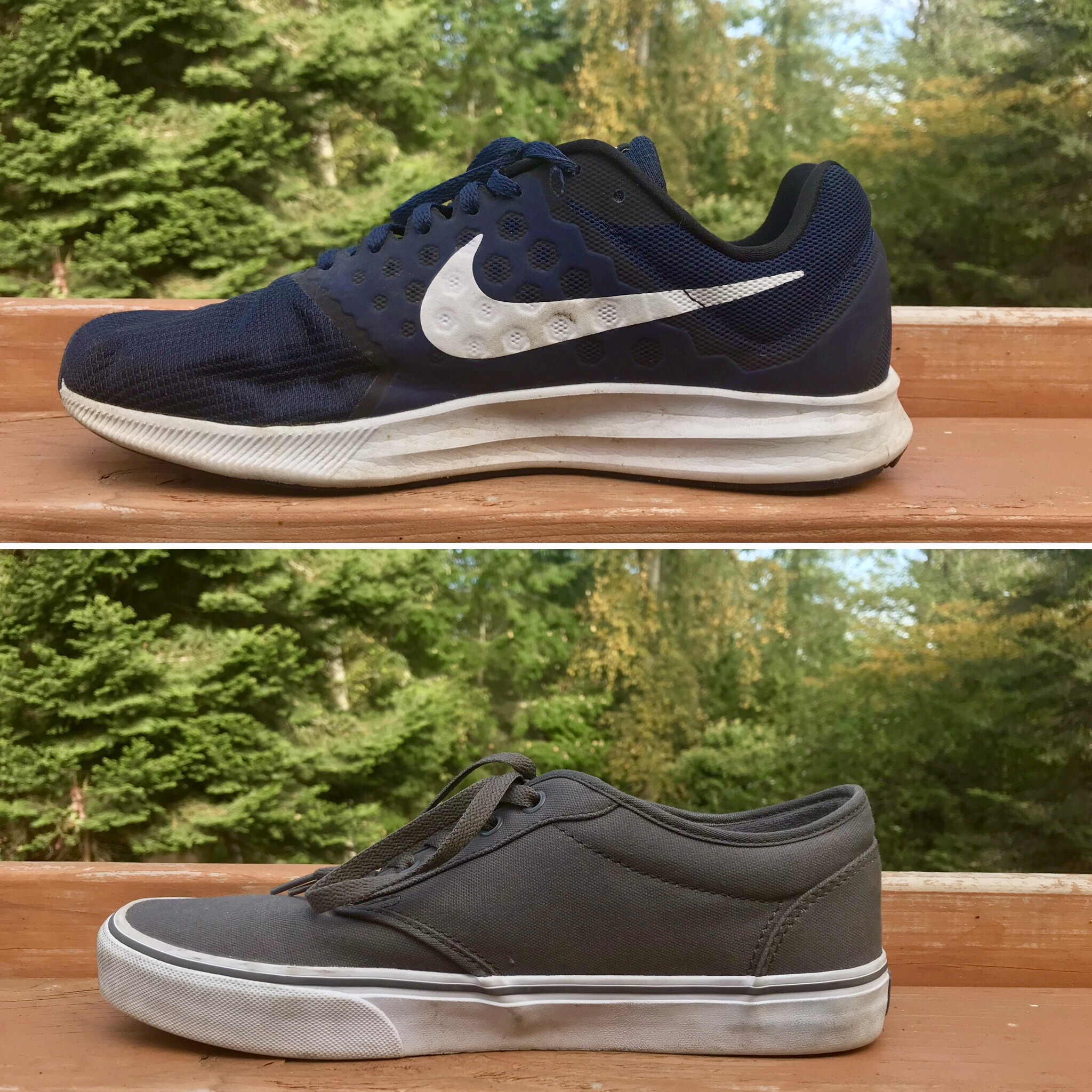 If you have been wearing a traditional thick heeled shoe or boot for years and decide to wear zero drop shoes on a thru-hike without allowing your body to adjust, you are more likely to experience discomfort/pain.
If you have been wearing a traditional thick heeled shoe or boot for years and decide to wear zero drop shoes on a thru-hike without allowing your body to adjust, you are more likely to experience discomfort/pain.
Some people can transition smoothly to low-rise shoes, but you don’t want to find out if that’s you while you’re on the trail!
If you are barefoot often, or wear low-rise shoes like Chuck Taylors or Vans instead of the thicker heel shoe you will be less likely to have a problem transitioning to shoes like Altras.
This is because your calf is already used to being in a more stretched out position.
If you have tight calf muscles or deal with foot pain currently and REALLY want to hike in shoes like Altra offers, give yourself 3-6 months to adjust to a minimal rise shoe. It can seriously take that long to stretch out that chronically tight calf and Achilles tendon.
Stop Hiking With Plantar Fasciitis
To avoid hiking with plantar fasciitis let’s start by addressing weak foot muscles. Try walking barefoot more often in a safe place like a backyard or beach. This strengthens the feet muscles and gives the plantar fascia some support. This video shows a quick exercise you can perform to help build one of the muscles that supports the arch. Give it a try!
Using massage to loosen the calf muscle is a really great way to improve overall foot motion. This is one of my favorite methods for massaging the calf while hiking using a trekking pole. This technique is invaluable and I highly recommend you give it a try!
Find the areas that “hurt good” and work on or around the area for a few minutes. Search from just below the back of your knee down to your ankle and work inside and out.Â
There is also the bone saw, which sounds pleasant, I know. Â Despite the name, it’s a super effective way to quickly address tight calf muscles. For this, you pretty much drive your shin into your calf; it’s a real deep tissue massage. Work into this one slowly!
Stretch It Out
Finally, stretch the calf muscles frequently with a traditional runners stretch. Aim for 3 sets of 20 seconds and repeat throughout the day. In the first image, the back leg is being stretched; notice the slight knee bend. This little knee bend helps target the lower calf muscle and the stretch is usually felt more toward the ankle.
In the second image, the back leg is also being stretched. Without the slight knee bend, the stretch is felt higher up the calf. Use both stretch variations for best results.
For the feet specifically, a simple massage for each foot might look like this: rub for 20 seconds, twist for 20 seconds and stretch for 20 seconds. Try to do this each morning before you get out of your tent, it will reduce how much discomfort you feel first thing when you stand up.
Be sure to like our Facebook page and follow us on Instagram and Twitter!
Feature image by Toomas Tartes on Unsplash.
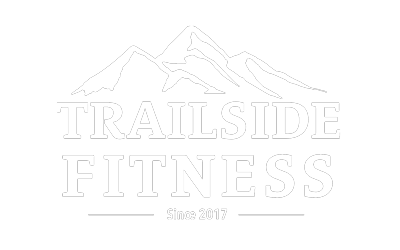
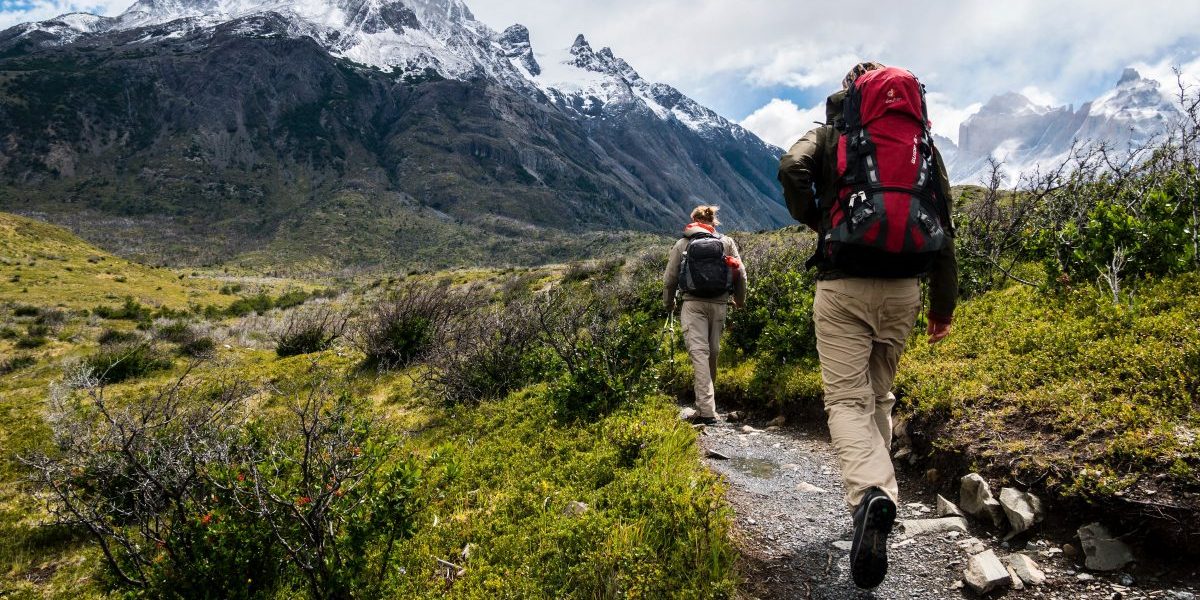
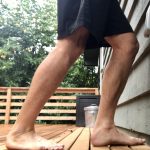
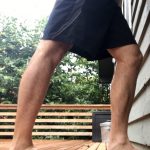
Recent Comments